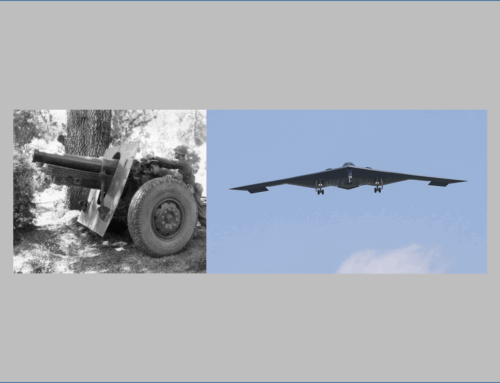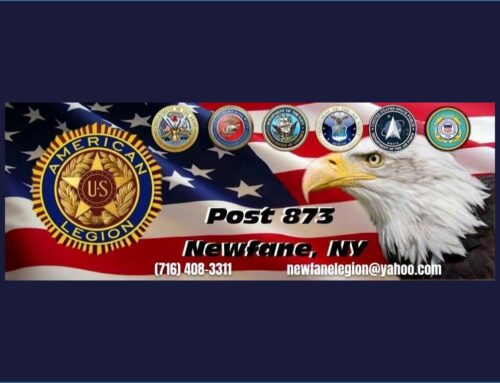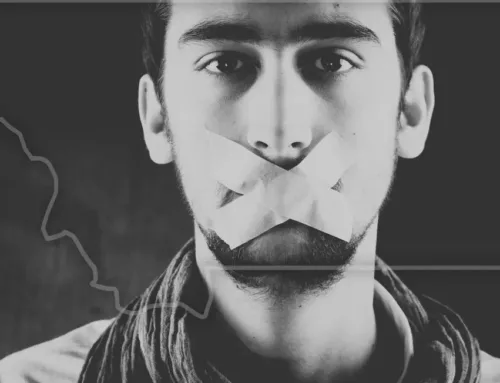Mrs. Dawson’s Wartime Memories
Published: 31 January 2022
By Thomas Emme
Special to the Doughboy Foundation web site

Mrs. Dawson’s book was a thoughtful gift.
It all started with a gift.
It was a thoughtful gift; the giver knew that I had an interest in the history of the Great War and it was a book full of World War 1 photography. It was over a hundred years old but in bad shape. The binding was broken and unravelling, and the cover almost fell off when I opened it. I took the book home and set it aside for a more careful look. In the back of my mind, I thought if it wasn’t salvageable, I might be able to turn it into an art project.

Collier’s Photographic History of the European War
Collier’s Magazine was a general interest magazine, founded in 1888 and published weekly until 1957. This “photographic history” was one in a series of five books published by Colliers between 1916 and 1919 to document the war. Before television or the internet, books like this defined what war looked like to the average person. This image is of the cover page from the first volume published in 1916 and the title refers to the “European War”. This was because the United States had not yet joined the war. Future editions included pictures of soldiers from the United States and the series was renamed to the photographic history of the “World War”.

Mrs. Dawson and her damaged book
When I finally made my “more careful look” at the book, it raised more questions than answers. The front page was carefully signed by Mrs. Otto Dawson with a street address to a building that has long since been demolished located in San Francisco, California. It was hand dated June 20, 1917. When you consider that the United States declared war on Germany in April and started the draft in May, Mrs. Dawson purchased the book right when our country was mobilizing for war. Like most Americans she probably had a family member or friend that volunteered or had been drafted. Some of the images in this book may have been hard for Mrs. Dawson to look at. The Great War began in 1914 and ended in 1918. Every family suffered during those years. Massive mobilization for war created global shortages of food, fuel, and supplies. Men fought in trenches and were subjected to massive artillery bombardments. Over 100,000 US soldiers died and more than 300,000 came back home injured, maimed, or sick. We will never know how Mrs. Dawson was affected, but she held onto this book for many years, so clearly it meant something to her.

The book showed its years on the inside as well as the outside. A single large hole had worked its way through the center of the book, eating away at the paper of almost every page. As you flipped the pages the hole would progressively grow or shrink, much like the topographical lines on a grading map. Over the years someone had tried to hold the book together by taping the edges of the holes, but clearly they were losing the battle.
The Art Project
This book had its own character that created themes about history, preservation, memory, and loss. Too special to throw out, too damaged to keep, I settled on the idea of creating a single digital image, using the book as a source to tell its own story. The following images and brief descriptions explained what I did to create the final image.

I started with the cover of the book. The weathered cover and tattered canvas bindings had a wonderful texture and I wanted to use it as the background for a gallery of images.

I went through the book and selected the images I found to be most impactful. I tried to include images that aligned with the themes of the original book with a focus on manufacturing, mobilization, warfare, and loss. I settled on a grid of nine images and mocked up the gallery.

Next, I selected holes that existed in the pages and scanned them. Much like the photos, I put them into a grid of nine. I used the symmetry of holes on opposite sides of the page to create a pattern in the grid.

Lastly, I married these two grids together, shifting the images to make sure the key subject was still visible and identifiable. I added shadows behind the holes to give it depth and placed “tape” holding the holes together just like in the original book. I placed this grid of images on the cover and added Mrs. Dawson’s signature and date.
Mrs. Dawson’s Wartime Memories

This tired old book tells a story about America’s role in World War I. It also tells the story of one woman’s memory of that war, preserved for over a hundred years, barely held together with scotch tape. This art project was my effort at preserving that story and sharing it with others.
Thanks so much to the Doughboy Foundation for giving me the opportunity to share it with you.



